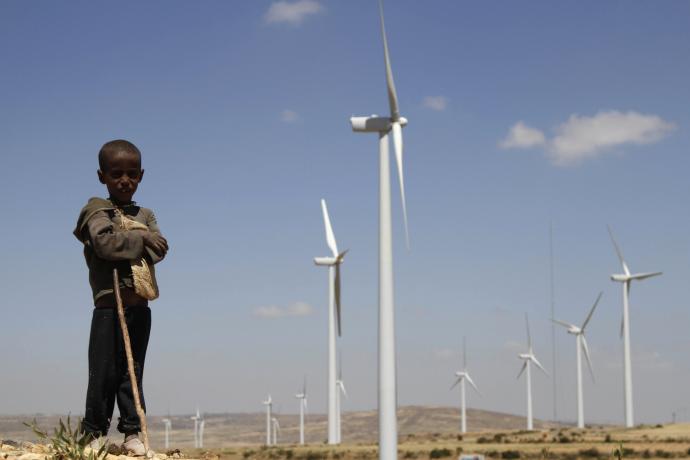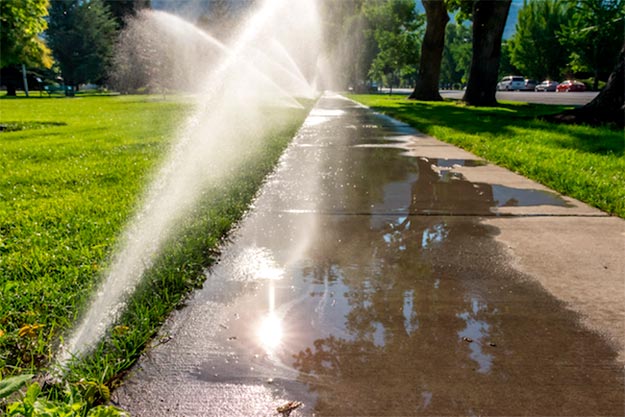Water is used by man for a variety of important purposes, among them irrigation, navigation, hydroelectric power generation, industrial manufacturing, waste disposal, recreation, and wildlife enhancement. The most fundamental use of all, however, is community water supply for immediate and vital needs-drinking, washing, cooking and sanitation.
At present anyone living in a developed country hardly gives thought to the availability of water for these needs. One has only to open a tap at any time of day or night to obtain as much clean water as desired. But often it is not realized that even in industrially advanced countries like the United States or Canada, running water in homes was not available in many rural areas a few decades ago-certainly within living memory. In many instances rural electrification was instrumental in providing running water. Read more






